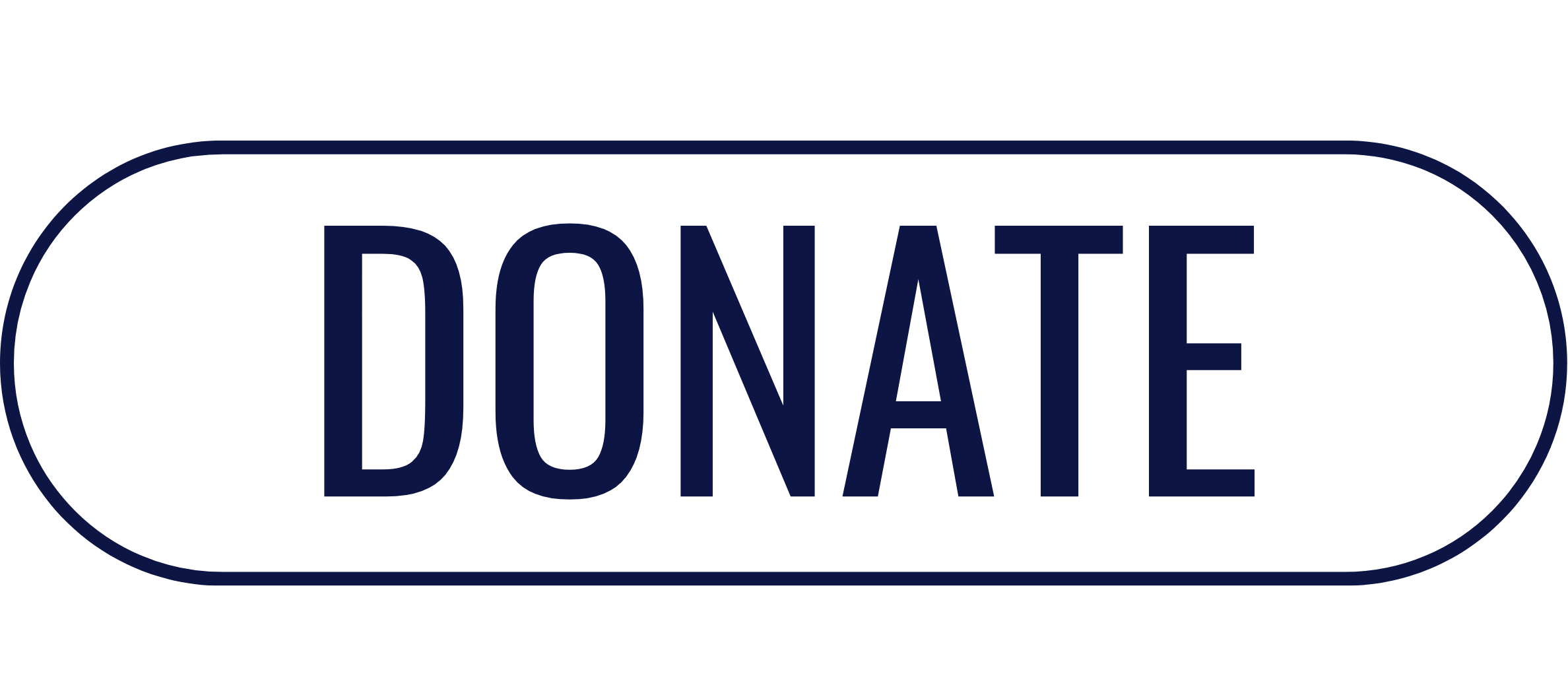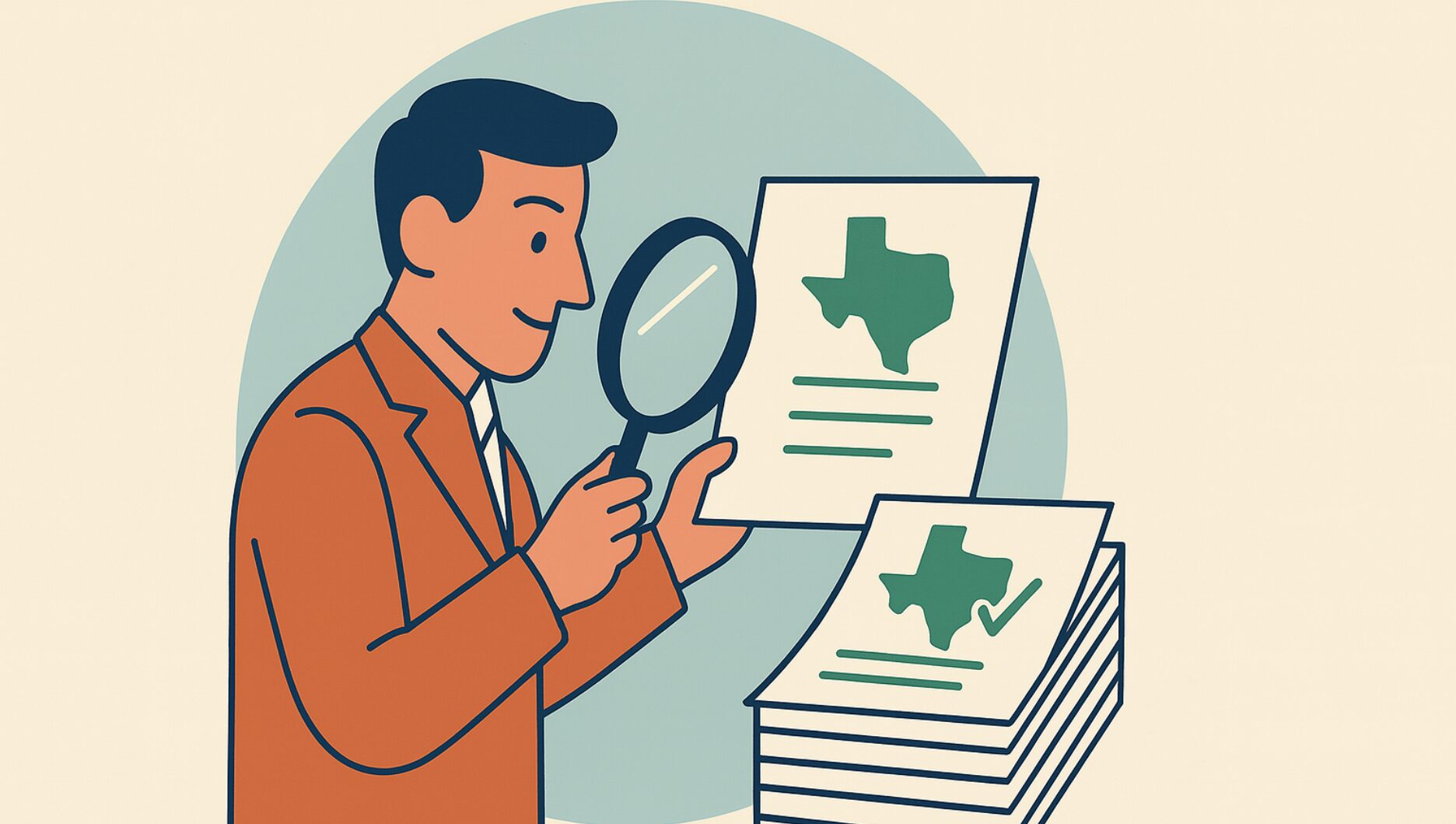Introduction
We’re proud Texans. We believe in family, freedom, and personal responsibility. We trust that parents, not bureaucrats, know what’s best for their children. And we understand that good stewardship of tax dollars means investing in what works, not simply spending more. This session, the Texas Legislature has an opportunity to reflect those values by taking a critical step in the right direction—not a perfect solution, but a meaningful one. By fairly funding high-performing public charter schools, we can allow more Texas families to choose a better future for their children.
It’s true: the ideal education system would be shaped by market activity and parental demand, not centralized budgets and one-size-fits-all models. However, today, Texas spends over $100 billion on public education, with most of it allocated to traditional school districts, regardless of their performance. Charter schools, by contrast, are public schools of choice. They succeed only when parents voluntarily send their kids there. They don’t rely on assignments by ZIP code or political protection. They earn their enrollment, and they earn their results.
That’s why fixing the broken funding model for public charter schools is not just a good policy—it’s the right next step toward a freer, more accountable education system.
Texas Has a Choice to Make
Today, public charter schools serve more than 400,000 students across Texas, many of whom come from low-income or minority backgrounds. These families are not waiting for the perfect system. They’re looking for a school that works for their children right now. And that’s what many public charter schools are delivering. At the same time, these schools are being punished for their success.
Texas law provides no local property tax revenue to charter schools, leaving them to fund all their building and maintenance needs out of classroom budgets. Meanwhile, traditional ISDs receive both state funds and local property taxes, and often have access to bond financing for capital improvements.
Currently, Texas law only provides public charter schools with a small fraction of the facilities funding per student allotment that traditional public school districts receive. Further, the State put a cap on that funding in 2017, so it grows smaller per student each year as overall public charter school enrollment grows. Hence, public charter schools receive $1,600 less in facilities funding per student than a traditional public school district. This means public charter schools have to fund ~90% of their total facilities and maintenance costs out of classroom budgets. The result is a broken, unjust system where the schools producing the best outcomes for the students who need them most are also those with the least support.
Senate Bill 1750, authored by Senator Angela Paxton (R-McKinney) , was designed to begin addressing this issue. As initially written, it would have closed half of the $1,600 per-student facilities funding gap. But after amendments, it now proposes to cover less than one-quarter of the gap.
We can—and must—do better than that.
The Real Costs of Underfunding Public Charter Schools
When we underfund public charter schools, we’re not just hurting institutions—we’re hurting students, families, and teachers who are already working under immense constraints.
Let’s take a real-world example: Uplift Education, a public charter school network that serves nearly 23,000 students in North Texas. Uplift students consistently outperform state and local averages on college readiness and college completion, and alumni earn $20,000 more annually than their Dallas County peers. Yet in 2023, Uplift spent $40 million on facilities—12% of its total budget—while receiving only $3.2 million in state funding for those expenses. If Uplift were funded like an ISD, it would have received an additional $35 million to invest in teachers and classrooms.
Instead, Uplift and schools like it face devastating trade-offs:
Larger Class Sizes in Early Grades
Early childhood is the most critical stage in education, but charter schools like Uplift are forced to place 28–32 students in a single classroom due to facility constraints. Without space or staff, the individualized attention young children need becomes a luxury rather than a standard.
Lower Teacher Pay
Uplift’s starting teacher salaries are $3,000 lower than those in neighboring ISDs. This makes it more challenging to hire and retain exceptional educators, particularly in competitive subject areas or for students with special needs.
Reduced Student Support Services
From mental health counseling to college advising, public charter schools are cutting essential services—not because they want to, but because they’re paying for buildings instead of staff. This is especially heartbreaking given the increased emotional and academic challenges students are facing post-pandemic.
These are real sacrifices with real consequences. And yet, families continue to choose public charter schools, knowing that they provide a better path forward for their children.
The Numbers Don’t Lie: Public Charter Schools Are a Good Investment
Let’s talk dollars and sense.
In the 2023–24 school year:
- Traditional ISDs received an average of $13,273 per student
- Public Charter schools received just $11,652 per student
That’s a $1,621 funding gap.
Despite this gap—and despite serving higher shares of disadvantaged students—public charter schools are outperforming their peers, based on data from the Texas Education Agency and the CREDO study from Stanford University.
Public charter schools represent a rare thing in government: a program that actually works, costs less, and is chosen voluntarily by the families it serves. That’s not just a policy win—it’s a conservative principle in action.
Fixing Public Charter School Funding: A Step Toward Educational Freedom
We should be honest about our current position. Funding public charter schools isn’t the free-market ideal. Ideally, we would empower all families to access a wide array of educational options using tools like Education Savings Accounts (ESAs) or tax credit scholarships, free from government control.
But that’s not where Texas is—yet.
Public charter schools are the best bridge we have between today’s government-run system and tomorrow’s competitive education marketplace. They are public, tuition-free, and parent-chosen. They represent the demand-driven, outcome-focused alternative that conservatives have been calling for.
Fixing their funding model helps scale what’s working. It helps redirect dollars from a $100 billion bureaucracy to schools that are earning the trust and business of Texas families.
What the Legislature Should Do
- Restore SB 1750 to its original intent: Close at least 50% of the funding gap. That should be the floor, not the ceiling.
- Reallocate $150 million from traditional public school increases to successful public charter schools—not as new spending, but as smarter, values-based budgeting.
- Tie new funds to results: Reward public charter schools with high academic performance/college readiness rates, fiscal responsibility, and strong parent demand.
- Lay the groundwork for universal choice: Support public charter schools while building toward a broader system of ESAs and student-directed funding.
Conclusion: The Next Right Step for Texas
This is about defending the families who choose public charter schools, the teachers who sacrifice for them, and the students whose futures depend on them.
Texas doesn’t need more bureaucracy. It requires more freedom. Public charter schools are already delivering on that promise, but we are tying one hand behind their backs. It’s time we match our rhetoric about school choice with real, meaningful action.
We don’t claim this fix is perfect. But it’s better—far better—than continuing to pour billions into a system that has long since stopped putting students first. This session, let’s fund what works.
Let’s support the high-performing public charter schools that earn it. Let’s choose parents over politics because the question isn’t whether Texas can afford to support public charter schools.
The question is: Will we?
Texans for Fiscal Responsibility relies on the support of private donors across the Lone Star State in order to promote fiscal responsibility and pro-taxpayer government in Texas. Please consider supporting our efforts! Thank you!
Get The Fiscal Note, our free weekly roll-up on all the current events that could impact your wallet. Subscribe today!




